Essential Docker Security Best Practices for Safe Deployments
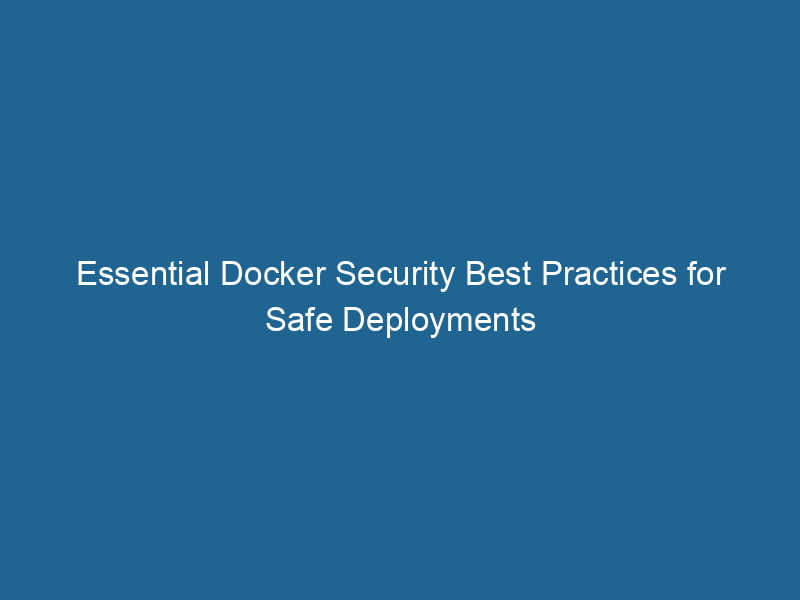
Implementing robust Docker security best practices is crucial for safe deployments. Utilize minimal base images, enable user namespaces, and regularly scan for vulnerabilities to enhance container security.
Best Practices for Securing Docker Images in Production
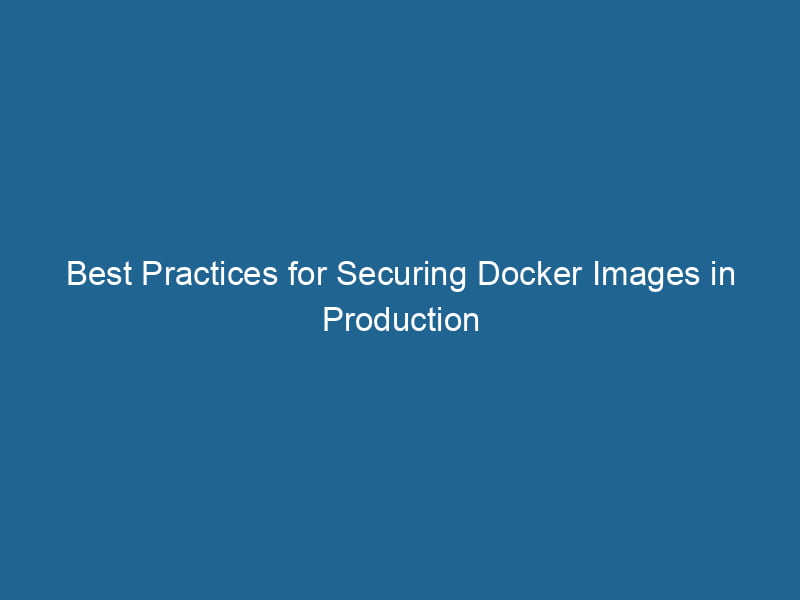
To secure Docker images in production, utilize a multi-stage build process, scan images for vulnerabilities, implement least privilege principles, and regularly update base images.
Enhancing Security: A Guide to Using Docker Bench Effectively
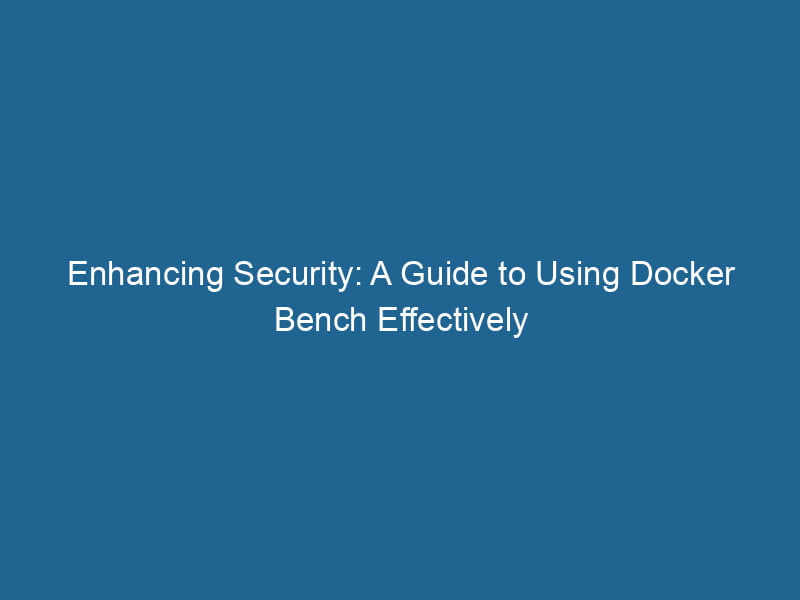
Docker Bench is an essential tool for assessing container security. This guide outlines best practices for effectively implementing Docker Bench to enhance your system’s security posture.
Implementing Role-Based Access Control in Docker Environments
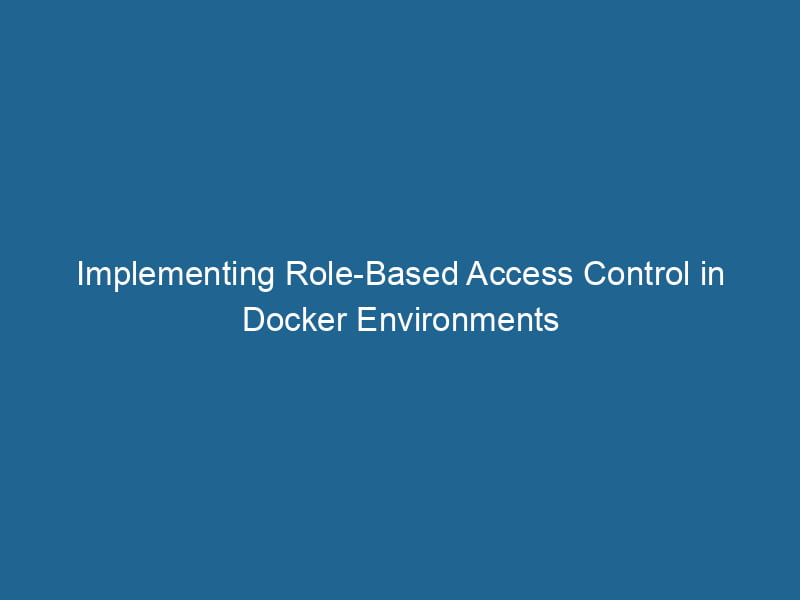
Implementing Role-Based Access Control (RBAC) in Docker environments enhances security by assigning specific permissions to user roles. This ensures that only authorized personnel can access sensitive resources, minimizing the risk of breaches.
Assessing Docker Images: Effective Vulnerability Scanning Techniques
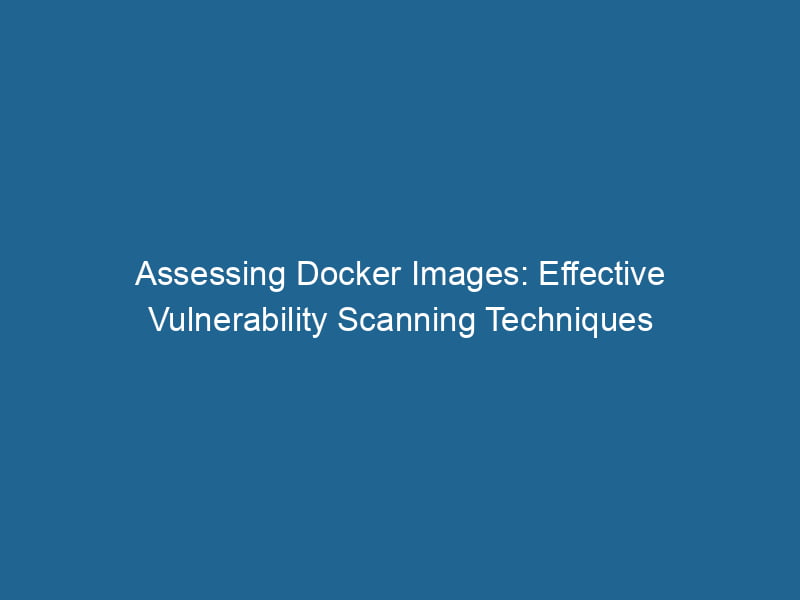
Assessing Docker images for vulnerabilities is crucial for maintaining security. Effective techniques include static analysis, dynamic scanning, and leveraging tools like Trivy or Clair for comprehensive assessments.
Best Practices for Managing Secrets in Docker Containers
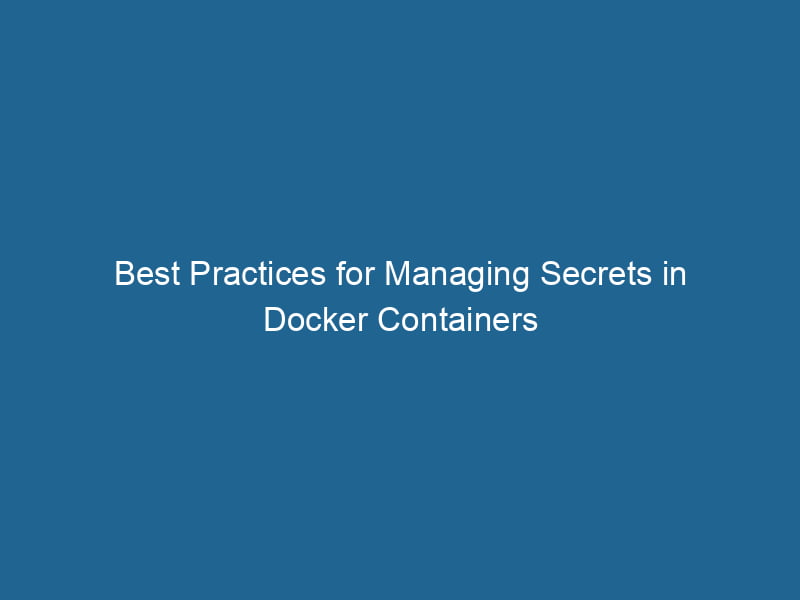
Managing secrets in Docker containers is critical for security. Best practices include using Docker Secrets, environment variables, and third-party tools like HashiCorp Vault to securely handle sensitive information.
Best Practices for Securing Docker Containers in Production
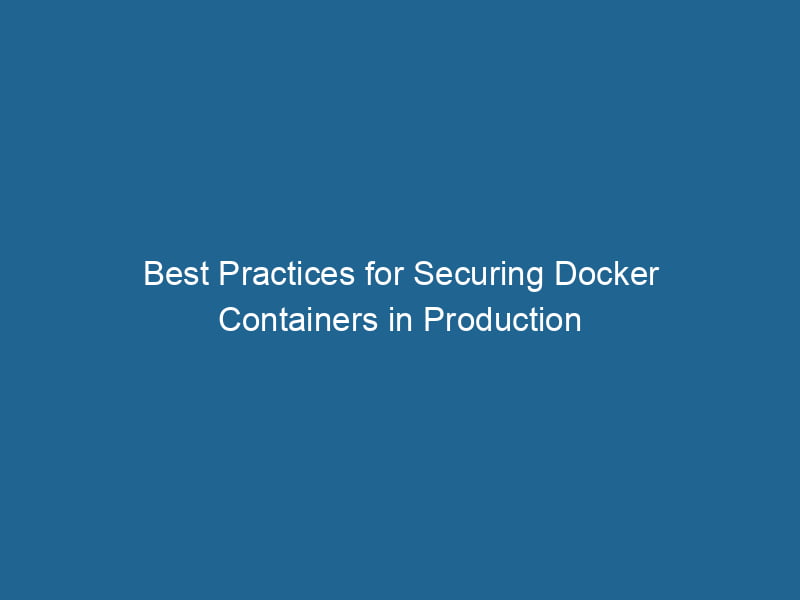
Implement least privilege principles by restricting container permissions. Regularly update images, scan for vulnerabilities, and utilize tools like Docker Bench for security audits to enhance container safety.
Implementing Docker Containers with Non-Root User Access
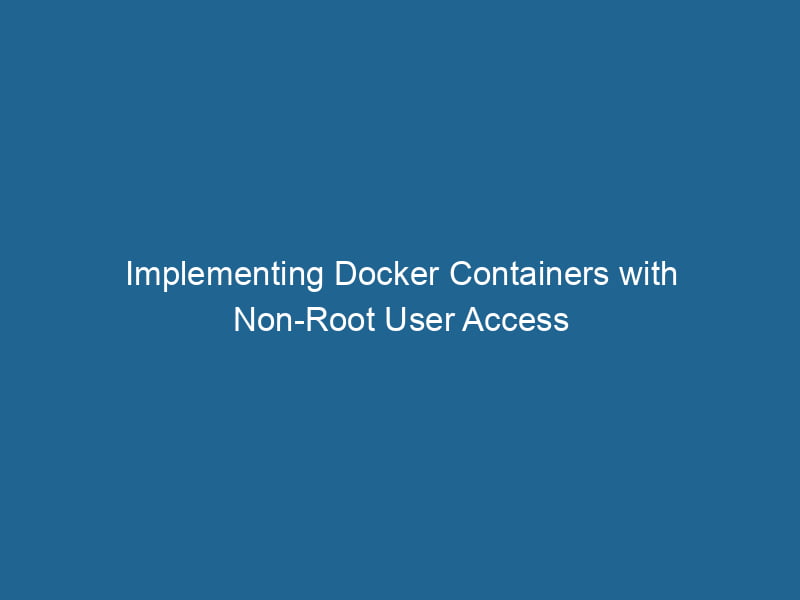
Implementing Docker containers with non-root user access enhances security by minimizing the attack surface. This practice involves configuring Dockerfiles and entry points to ensure proper permissions.
Integrating SELinux and AppArmor for Enhanced Docker Security

Integrating SELinux and AppArmor with Docker enhances security by providing layered access controls. This dual approach mitigates potential vulnerabilities, ensuring robust isolation for containerized applications.
Comprehensive Guide to Docker Security Tools and Resources
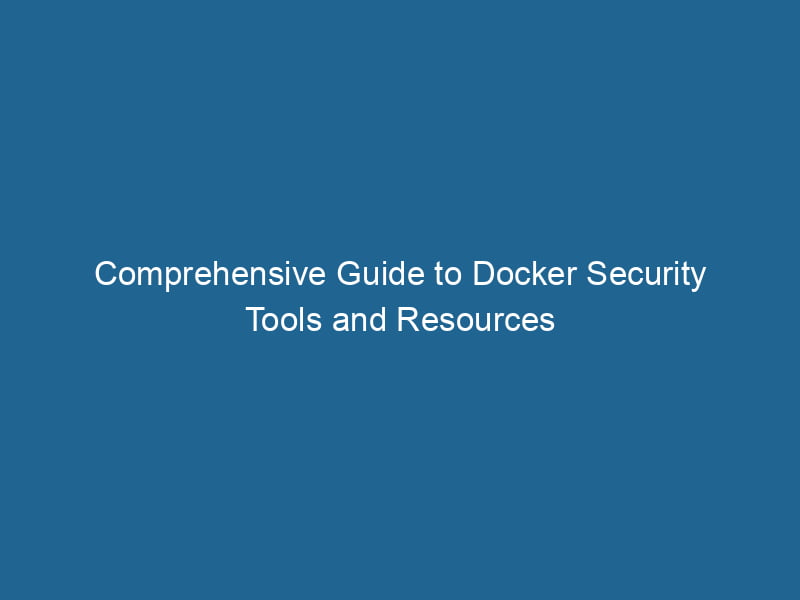
This comprehensive guide explores essential Docker security tools and resources. It covers best practices, vulnerability scanning, container isolation, and runtime monitoring to enhance your container security posture.
